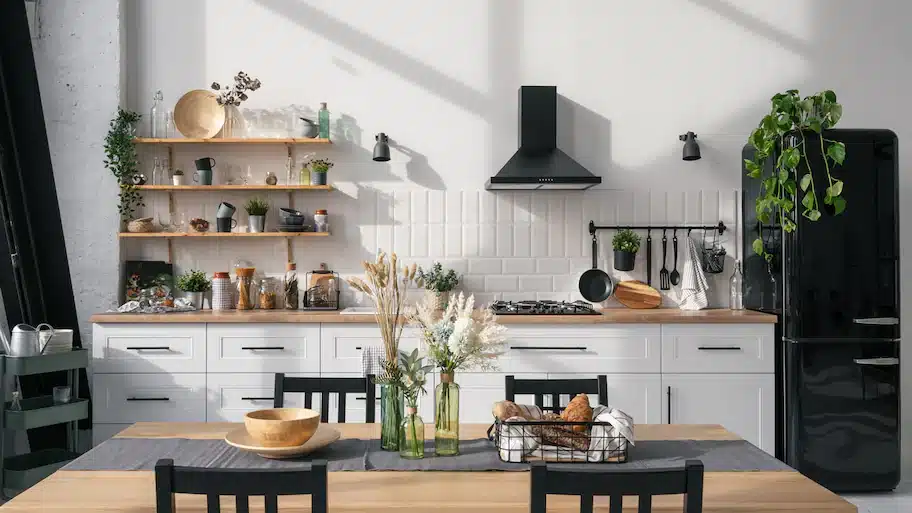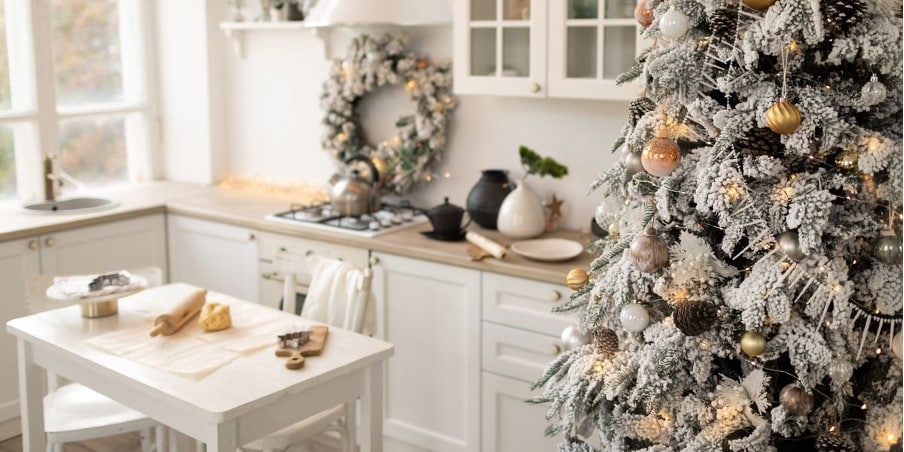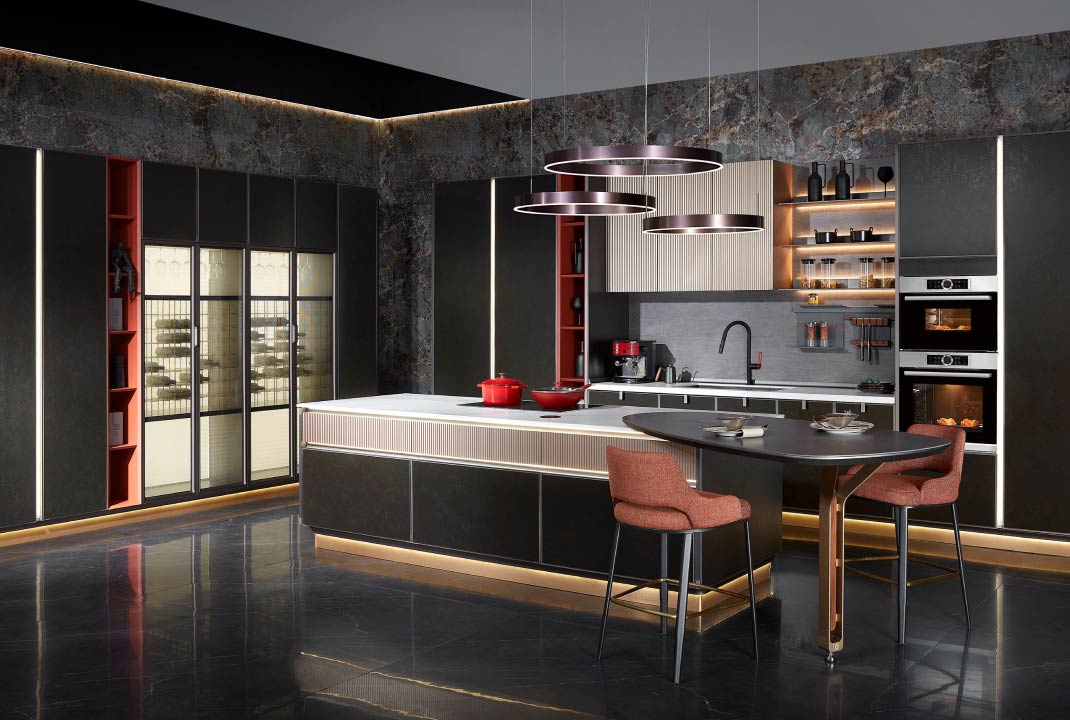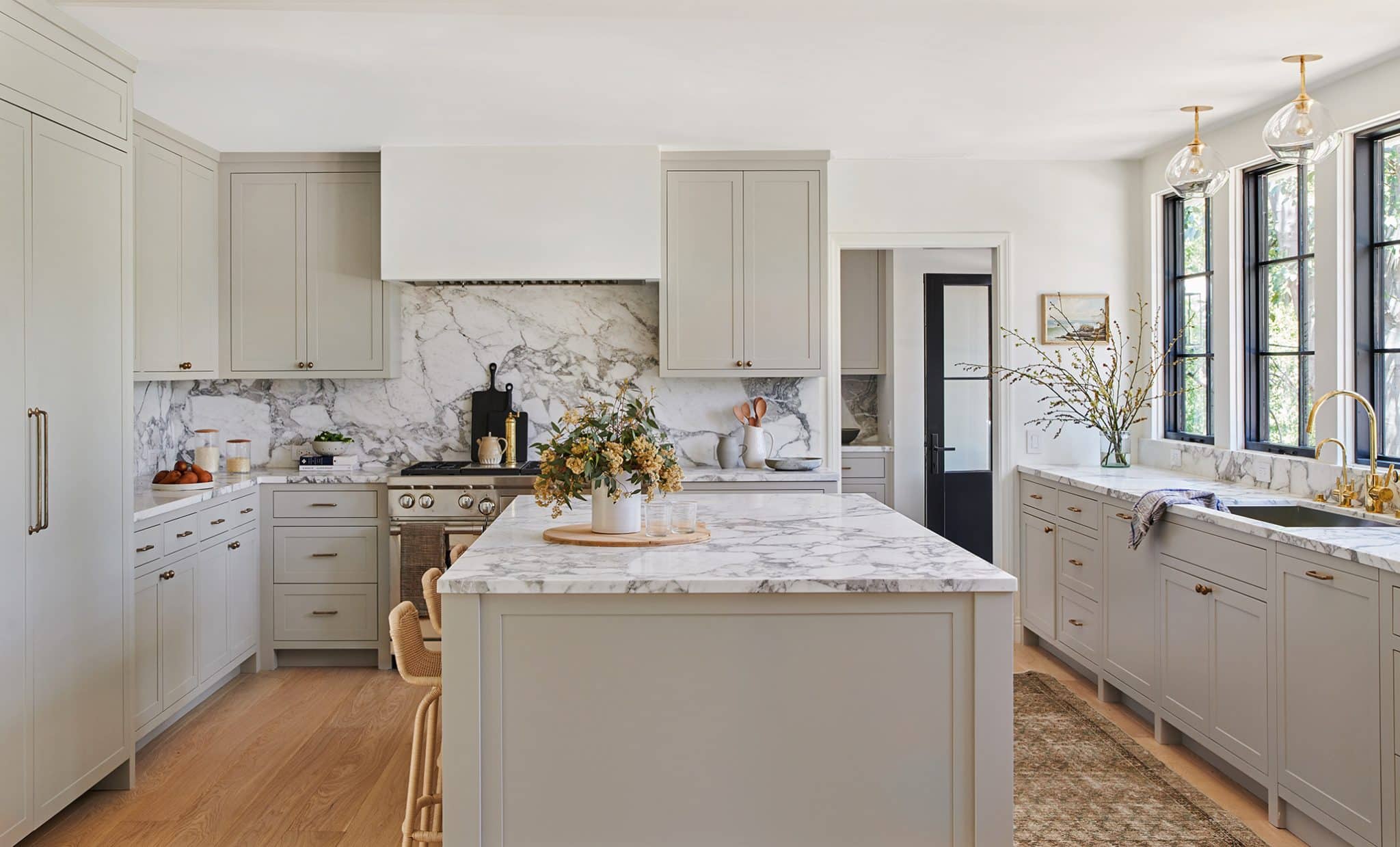10 Tips For Installing A Range Hood Into Small Kitchens
Small kitchens can be charming and cozy, but they often come with a challenge: limited space. If you’re considering upgrading your compact kitchen, installing a range hood is a fantastic idea. Not only does it improve air quality by removing cooking odors and smoke, but it also adds a stylish touch to your kitchen’s decor. In this article, we’ll provide you with 10 invaluable tips for successfully installing a range hood in your small kitchen.
1. Measure Twice, Install Once
The key to a successful range hood installation in a small kitchen is precise measurement. Before you even think about purchasing a range hood, take the time to measure the available space. Note the width and height of the area where you intend to install the hood. This step ensures that you select a range hood that fits perfectly without overwhelming the space.
When measuring, consider the clearance above your cooking appliance, whether it’s a stove or cooktop. Ensure that the range hood is positioned at a comfortable height, allowing for efficient smoke and odor capture. Aim for a height of 24 to 30 inches above the cooking surface, which is generally recommended by experts.
2. Choose the Right Type of Range Hood
Range hoods come in various types, including wall-mounted, under-cabinet, and island hoods. For small kitchens, under-cabinet range hoods are often the best choice as they save valuable counter and wall space. Additionally, consider a ductless range hood if your kitchen lacks proper ventilation options.
Ductless range hoods use a filtration system to clean the air before recirculating it back into the kitchen, making them suitable for spaces where venting to the outside is challenging. However, keep in mind that ducted range hoods are more efficient at removing airborne contaminants.
3. Pay Attention to Hood Size
Selecting the right size range hood is crucial. A hood that’s too small won’t effectively capture cooking fumes, while one that’s too large can overpower your small kitchen. Aim for a range hood that covers the entire cooking surface, with some extra coverage on each side for optimal performance.
Consider the airflow capacity, often measured in cubic feet per minute (CFM), when choosing a range hood. Smaller kitchens may require lower CFM ratings, while larger ones benefit from higher airflow to maintain effective ventilation.
4. Opt for a Compact Design
In a small kitchen, every inch counts. Look for range hoods with compact and space-saving designs. Slim and sleek models can provide efficient ventilation without dominating the room visually.
Modern range hoods come in various shapes and styles, so you can find one that seamlessly integrates into your kitchen’s design. Whether you prefer a stainless steel, glass, or even custom-panel range hood, there are options to match your aesthetics.
5. Prioritize Ventilation
Proper ventilation is essential for a functional range hood. Ensure that your chosen range hood has adequate ventilation power to remove cooking odors and smoke effectively. Consider professional installation to guarantee optimal ventilation performance.
A professional installer can assess your kitchen’s layout and ventilation needs, recommending the right range hood with the appropriate CFM rating. They can also ensure that the ductwork is correctly installed to carry the air outside, if applicable.
6. Professional Installation is Worth It
While some DIY enthusiasts might be tempted to install the range hood themselves, it’s often worth investing in professional installation. Experts can ensure that the hood is correctly positioned, the ductwork is set up properly, and the electrical connections are safe and secure.
Professional installation not only saves you time and effort but also minimizes the risk of installation errors that could compromise the range hood’s performance or safety.
7. Position It Right
The placement of your range hood matters. Position it at a comfortable height above your cooktop to ensure efficient smoke and odor capture. A height of 24 to 30 inches above the cooking surface is generally recommended.
Installing the range hood at the correct height ensures that it effectively captures rising cooking fumes, preventing them from spreading throughout the kitchen. This improves air quality and keeps your kitchen smelling fresh.
8. Adequate Lighting
Many range hoods come with built-in lighting, which is a fantastic addition to your kitchen. Proper lighting not only enhances your cooking experience but also adds to the overall ambiance. Look for hoods with energy-efficient LED lighting to save on energy bills.
The right lighting can make a small kitchen feel more spacious and inviting. Consider adjustable lighting options to cater to different cooking needs, from bright task lighting for food preparation to softer lighting for a cozy atmosphere during meals.
9. Maintenance is Key
To ensure your range hood continues to work efficiently, regular maintenance is essential. Clean the filters, ducts, and surfaces to prevent grease buildup. A well-maintained range hood will last longer and function better.
Cleaning the range hood filters and ducts should be part of your routine kitchen maintenance. Depending on how often you cook, aim to clean or replace the filters every three to six months. This simple maintenance task keeps the range hood operating at its best.
10. Consider Aesthetics
Last but not least, don’t forget about the aesthetics. Choose a range hood that complements your kitchen’s style and color scheme. Many modern range hoods come in a variety of finishes and designs, allowing you to find one that adds a touch of elegance to your small kitchen.
Consider factors like color, material, and design details when selecting a range hood. Some models even offer customizable options, allowing you to personalize the hood’s appearance to suit your kitchen’s overall look.
In conclusion, installing a range hood in your small kitchen can greatly enhance its functionality and appearance. By following these 10 tips, you’ll be well on your way to creating a more pleasant and efficient cooking environment. Remember, it’s not just about functionality; it’s also about making your small kitchen a space where you enjoy spending time.
Upgrade your small kitchen with a well-chosen range hood and enjoy cooking in style and comfort. Your compact kitchen can be a culinary haven with the right equipment and a little planning.
Jennifer Bell is the owner of a compact kitchen, a home renovation aficionado, and a writer for kitchen appliance companies in the Philadelphia area.







